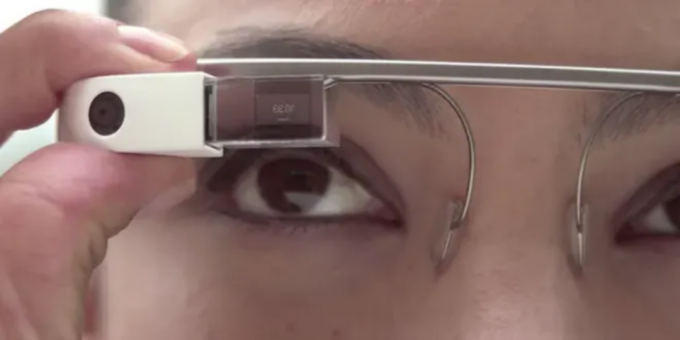
The Museum of Failure, also known as Museum of Failure in English, it presents a unique approach to traditional museums. Rather than extolling humanity's successes, this museum showcases 150 products that failed the market and soon went out of production. That is, objects that were a complete fiasco.
Contrary to what one might imagine, the aim is not to ridicule these failures, but to celebrate the courage and creativity behind these innovations.
see more
Your car's rearview mirror has a 'secret' button that can…
The 8 forbidden phrases that should never escape your mouth in a…
The idea for the Museu do Fracasso came up during an academic work by psychologist Samuel West, who researched the fear of making mistakes and innovating in large companies. He believes that before achieving success, it is normal for some failures to occur along the way.
The exhibition is currently touring the United States and ends with a mural where visitors can write their own failures. See below some of the fiascoes that are on display at the Museum of Failure.
Google Glass

O Google Glass was thought to be a portable computer "in the shape of glasses". It would allow users to view real-time information on a screen in the corner of their eye. In addition, the device also had a camera integrated into the frame, allowing users to take advantage of augmented reality and record the details of their daily lives.
When the product was launched in 2013, there was a huge backlash. While some people warmed to the idea, the critics loomed large. There were questions about user safety, as the screen in the corner of the eye could be distracting. Also, many people just haven't seen the usefulness of having a computer on their glasses at all times.
In 2015, the device was discontinued.
Apple MessagePad

Launched by Apple in 1993, the MessagePad featured a touchscreen and a stylus for handwriting. However, connectivity to the computer required cables (sold separately), batteries were short-lived, and handwriting recognition did not live up to expectations.
Apple's gadget was not a commercial success. However, the boldness of the product was recognized several years later. Today, some technology publications claim that the MessagePad was more revolutionary than the iPhone, when you look at the context in which they were released. Do you agree?
Edsel car

In September 1957, Ford introduced the Edsel, a new mid-range car brand that promised to outperform the competition. Although the company assured that it researched other companies and the public for a long time to develop a successful car, the Edsel was a failure.
The vehicle was developed from Ford chassis, but with some additional technologies and a different style that did not please the public. The front grille, in particular, has been criticized for resembling a female sex organ.
Another factor that contributed to the Edsel's failure was the price. The brand's cars were very similar in price to Mercury, which was already known in the Ford portfolio. Furthermore, the mid-range car segment went into a tailspin in the late 1950s.
A ford tried to modify the front end of the Edsel models the following year, but sales continued to decline. In 1959, two years after launch, the brand was discontinued.
Itera bike

In the 1970s, Volvo decided to innovate with a small and revolutionary means of urban transport: a plastic bicycle. The goal was to use plastic composites to attract consumers, but by the time Itera hit stores in 1982, interest had largely waned.
The product came unassembled, and many boxes came with parts missing. In addition, the plastic bicycle was heavy, its parts easily broken and, to top it off, difficult to replace.
After just three years on the market, Itera was discontinued in 1985, with only 30,000 units manufactured. Stock stranded in Sweden was sold to countries in caribbean, where plastic was a solution to the problem of rust on bicycles, despite Itera's problems.
UroClub

There are products that deserve recognition for their innovative approach, while others are simply not taken seriously. The UroClub is an example of the latter type, a golf which includes a compartment to urinate on the go.
The justification behind this is that golf courses are usually huge and bathrooms are scarce, but opting for this unusual solution seems to be somewhat questionable.
To ensure a little privacy, UroClub is sold with a washcloth included. While still available for purchase, the product is more often than not considered a joke. Would you buy?
New Coke

The Museum of Failure also houses food products that have had great failure in their sales. Among them is the “New Coca-Cola” from 1985, which has become one of the most famous.
“Coca Cola Clear”, launched shortly after “Crystal Pepsi”, was a transparent version of the soda, considered more “pure” than the original.
The story goes that Coca Cola intentionally produced a bad product so that people would think that all transparent sodas were bad, returning to buy the Coke Normal, satisfied.
Anyway, the two clear drinks were withdrawn from the line in 1994.
*with information from Mega Curioso
